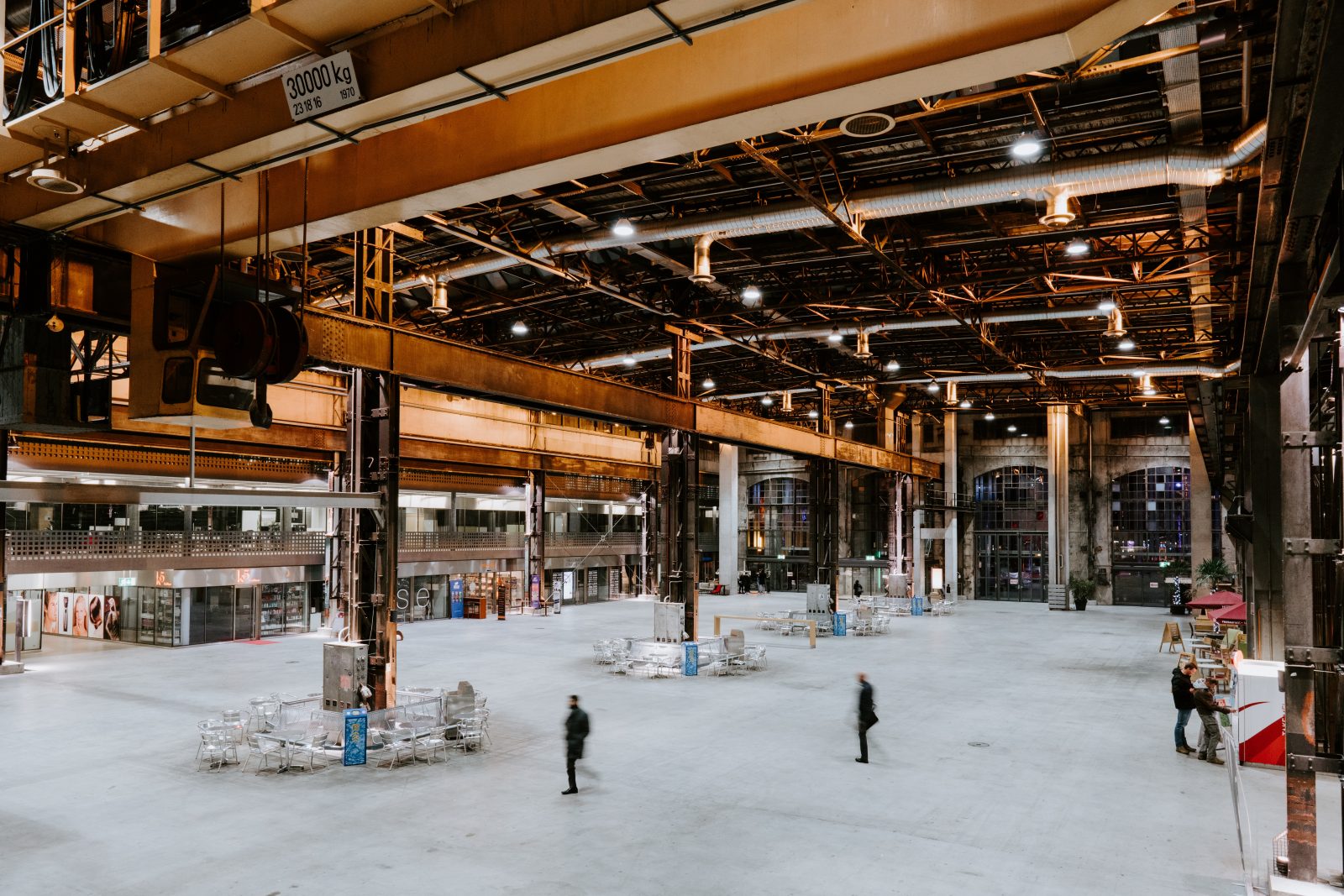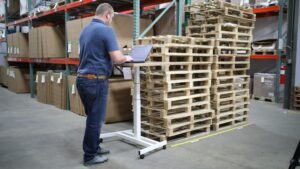
WiFi Assurance for Warehouses

Manufacturers are responsible for increasingly complex supply chains that require a high level of warehouse efficiency. With many time-consuming and critical tasks outsourced to technology, the WiFi network is now one of a warehouse’s most vital systems. Whether large or small, all warehouses require assurance that the WiFi is going to work without question. In other words, they require WiFi Assurance.
WiFi Assurance is the direct result of working with platforms that support WiFi optimization – i.e. predictable, reliable, high-performing WiFi. Manufacturers that work with Assurance platforms see an end to intermittent and frustrating dropped connections, mysteriously delayed responses, and the network surprises in general that negatively impact business performance and operational efficiency.
Here’s a look at how these platforms help.
Warehouse WiFi Challenges
From the buildings themselves to what they’re storing, warehouses provide some unique challenges for WiFi networks. Incredibly high ceilings, concrete and metal building materials, metal storage racks, fluctuating temperature conditions, and more can all result in poor WiFi performance.
Additionally, many employees will need to connect to the WiFi using handheld devices. As the employees walk around during the day, overseeing inventory management and other business processes, the devices move with them. The WiFi network must be able to provide consistent, strong coverage to devices from any point in the warehouse in order to avoid dropped connections and erratic performance.
Vendor agnostic, WiFi Assurance platforms cut through the noise and provide the complete visibility and real-time, actionable insights needed to optimize the entire WiFi ecosystem. No matter where your warehouse is located or what technology is used to streamline business processes, WiFi Assurance platforms work to remove the mystery from the network so that work can proceed as needed, interruption free.
Complete Visibility
Not only are warehouses vast, but they can contain hundreds or thousands of connected devices. When there’s a WiFi problem, IT teams don’t have the time to individually check every single device to see where the root cause of the problem lies. That’s where WiFi Assurance comes in.
These automated platforms monitor the entire WiFi ecosystem 24/7. This means that they go beyond monitoring connected devices, and also keep an eye on the overall RF environment and any non-WiFi sources of interference. This is key because an issue in any one of these areas can be the reason behind poor network performance. As IT can’t resolve an issue until they know exactly what’s causing it, complete visibility is the answer for faster resolutions.
A few issues that can be proactively addressed with complete visibility include:
- Mismatched capabilities between APs and devices
- Ineffective RF Coverage due to changes in a warehouse’s inventory or layout
- AP interference from a neighbor or hotspot
- Connectivity issues due to roaming
Non-Stop Monitoring
The level of visibility provided by each platform can be attributed to the number of radios used by the sensor. While two radios are okay, more are better. This is because the best ROI is going to come from a sensor that can continuously monitor the entire network. In order to never miss critical data, the sensor must never take a break.
With two radios, a sensor can simultaneously monitor the 2.4GHz and 5GHz frequency bands. This is good because it means the sensor isn’t switching between the frequencies and losing out on capturing analytics. However, if a 2-radio sensor also needs to run network tests (recommended), it can’t do that and continuously monitor both frequencies. That moves us to a need for three radios.
With three radios, the sensor can monitor both frequencies while running network tests. No information is lost and all analytics are gained. Additional uses of the third radio can include it functioning as a WiFi client. This would allow the platform to connect wirelessly to the network if no wired port was available – for example, if the platform was needed in the middle of a warehouse.
What if your warehouse’s network only operates on one frequency? In this unusual situation, you would still want multiple radios. This is because you want the sensor to be able to listen to more than one channel at a time. In one example, if your devices are malfunctioning because of a failed transition between APs, you’d need to have one radio listening to one AP and a second radio listening to the next AP in order to capture the analytics needed to identify the problem.
Actionable Insights
In the world of business, no one wants to hear about a problem without also hearing possible solutions. Optimizing the WiFi network becomes easier if the same process is followed by whichever Assurance platform is being used.
Depending on the platform, an IT team can expect insights that include:
- Automatic and proactive alerts to unexpected network behavior
- Automatic alerts for failed test results
- Root issue identification
- Actionable suggestions for resolution
- Automatically saved data packets for after-the-fact review
While these actionable insights arise from general network monitoring, we do recommend scheduling network tests to run on a consistent basis for the best analytics. Scheduling tests means that the network and devices are always being proactively checked. This enables IT to catch problems when they first occur, before end users are affected.
Remote Management
Whether it’s standard procedure to monitor all warehouses from a central location, or whether remote monitoring is only needed in the event of emergencies, remote capable platforms are one of a manufacturer’s best assets. Since WiFi issues can and do occur any time, day or night, IT teams need the ability to respond quickly. An Assurance platform that provides remote monitoring gives IT the support they need to monitor the network and troubleshoot from any location. Less time spent traveling means less time spent waiting for the network to return to optimal performance.
Increased Efficiency
With more and more manufacturers embracing mobile technologies to monitor increasingly complex supply chains and improve operational efficiency, WiFi network demand is only growing. Actionable insights, complete visibility, and remote monitoring support IT in quicker Mean-Times-to-Resolution, and thereby support the overall manufacturing process and keep WiFi-enabled warehouses running strong. Start working with a WiFi Assurance platform like the Wyebot Wireless Intelligence Platform today and experience:
- 90% faster Mean-Time-to-Resolution
- 60% fewer WiFi problem tickets
- 80% fewer remote site visits


